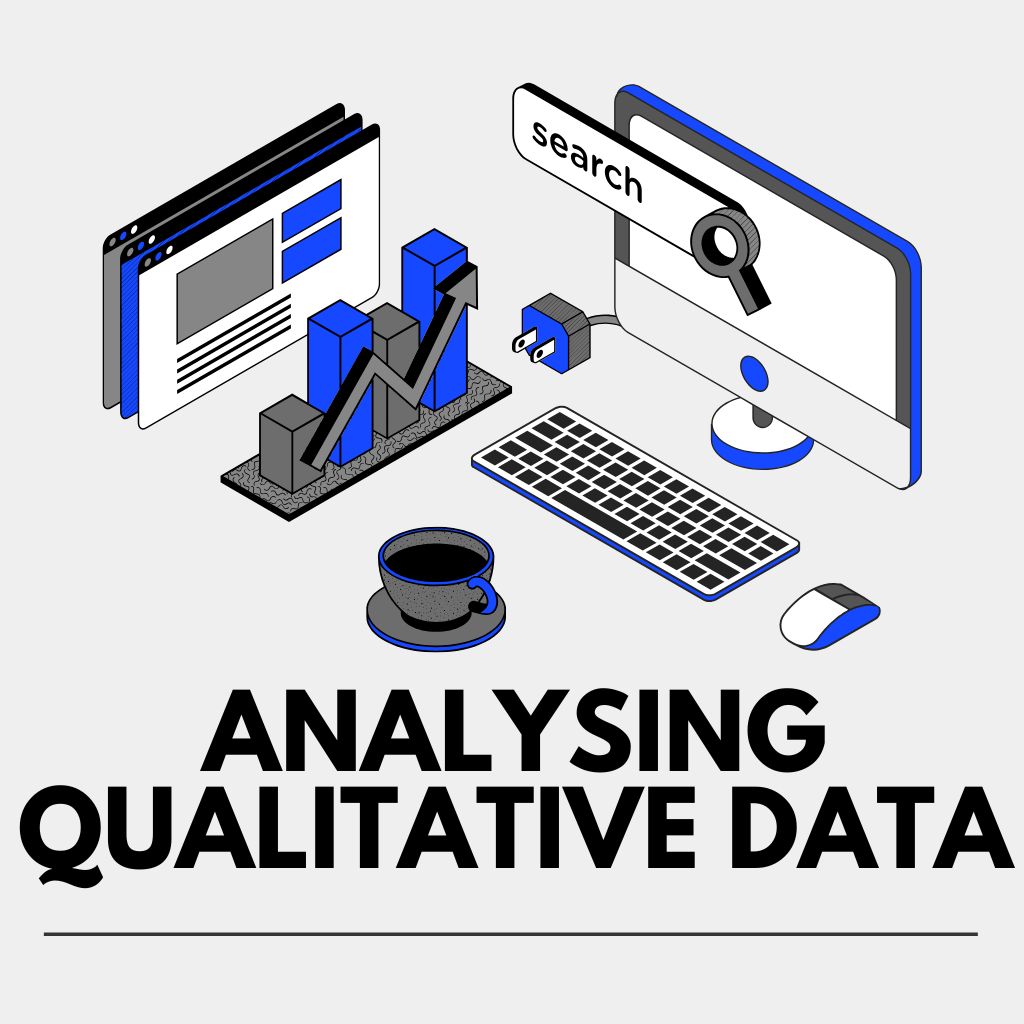Introduction
Analysing qualitative data is essential in understanding complex, non-numerical information such as interview transcripts, survey responses, and focus group discussions. It involves techniques like coding and thematic analysis, which help researchers extract insights from raw data. With tools like MyWordAi.com, an automated academic writer pre-prompted and powered by ChatGPT, researchers can now conduct these tasks easily. This article explores the fundamentals of qualitative data analysis, with a focus on how MyWordAi simplifies the process.
Understanding Qualitative Data Analysis
Qualitative data analysis refers to the process of systematically examining non-numerical data to identify patterns, themes, or concepts. Unlike quantitative data, which deals with measurable values, qualitative data captures experiences, thoughts, and emotions. This type of analysis is often used in interviews, focus groups, or case studies.
Researchers rely on qualitative research tools to ensure data validity, consistency, and deeper interpretation. Methods like thematic analysis allow them to organize raw data into meaningful themes that reflect the participants’ experiences.
Analysing Qualitative Data: Coding Qualitative Data
Coding is a critical step in analysing qualitative data. It involves labeling sections of the data with tags or codes that represent key ideas. These codes help organize the data, making it easier to identify recurring patterns.
Types of Coding
- Open Coding: Identifying and labeling individual concepts.
- Axial Coding: Grouping similar codes into categories.
- Selective Coding: Identifying the core themes that connect all categories.
Step-by-step guide for coding interviews:
- Read the interview transcripts thoroughly.
- Identify significant words, phrases, or ideas.
- Assign codes to these elements.
- Group similar codes to form categories.
- Develop themes from these categories for further analysis.
Accurate coding ensures that the research findings are well-structured, laying the foundation for a robust thematic analysis.
Thematic Analysis: A Key Approach
Thematic analysis is a widely used method for identifying, analyzing, and reporting themes within qualitative data. It offers a clear structure for organizing data into themes that reflect the research questions.
The Six Steps of Thematic Analysis
- Familiarizing with the data: Read and re-read the data to gain an understanding.
- Generating initial codes: Assign codes to significant data segments.
- Searching for themes: Group codes into broader themes.
- Reviewing themes: Refine the themes for consistency and relevance.
- Defining and naming themes: Clearly define each theme.
- Producing the final report: Summarize the findings in a coherent report.
Thematic analysis helps researchers make sense of large datasets by grouping similar ideas and presenting them as meaningful themes.
Analysing Qualitative Data: Qualitative Research Tools
Various tools are available for analysing qualitative data, including software like NVivo, MAXQDA, and MyWordAi.com. These tools assist researchers by automating the coding process, organizing data, and generating analytical reports.
MyWordAi stands out for its simplicity and automation. It offers pre-prompted tools powered by ChatGPT to help researchers generate codes, themes, and reports without the need for advanced technical skills.
Download the app:
Steps to Use MyWordAi.com for Data Analysis
Using MyWordAi for qualitative research is straightforward and efficient. Below is a step-by-step guide to get started:
- Visit MyWordAi.com or download the app from the Play Store.
- Log in or Sign Up: Create an account or log in using existing credentials.
- Access the Complete Research Writer Tool: Navigate to the “GENERATE ANALYTICAL DATA VARIABLES AND RESULTS” section from the dashboard.
- Enter Your Research Topic: Input your research topic and questions.
- Generate: MyWordAi automatically processes the data and generates themes, codes, and reports for you.
This tool simplifies the research process by eliminating the need for complex manual coding and theme identification, making it an ideal solution for students and professionals alike.
Conclusion:
Analysing qualitative data requires careful planning, coding, and thematic analysis. These processes, while essential, can be time-consuming. However, with tools like MyWordAi.com, researchers can now streamline these tasks and focus more on interpretation and presentation.
Whether you’re conducting interviews, focus groups, or surveys, MyWordAi offers the perfect solution for automating qualitative analysis. Download the app and explore how it can revolutionize your research journey.
Make research easier with MyWordAi—Download the app on Google Play and get started today!
